Category
Downy mildew of grapevine – Plasmopara viticola
Downy Mildew of Grapevine – Plasmopara viticola
Downy mildew caused by Plasmopara viticola is one of the most common and widespread diseases affecting grapevines. The pathogen is a heterothallic oomycete that overwinters as oospores in leaf debris and soil. Plasmopara viticola was introduced to Europe from North America, likely through the import of resistant American Vitis species used as rootstocks to combat phylloxera. It was first observed in Europe in 1874, with a significant outbreak described in France in 1878. From there, Downy mildew spread across European viticultural regions. In Croatia, it was first recorded in 1882 in continental areas and by 1885 along the Dalmatian coast. Earlier presence is suspected based on Voss’s 1880 findings.
Today, Downy mildew is present in nearly all grape-growing regions worldwide, with exceptions in parts of Chile, Afghanistan, and California. Economic losses were significant until forecasting services and systemic fungicides were introduced. Despite advancements in disease control, average yield losses of 3.4% still occur, ranging from 1–11.5% depending on rainfall during the growing season.
(Source: Cvjetković, B. 2010: Mycoses and Pseudomycoses of Fruit Trees and Grapevine)
Symptoms of Downy Mildew
The disease can affect all green parts of the grapevine, with the first signs typically appearing on lower leaves. Symptom expression depends on temperature during the incubation period and can be grouped into three categories:
1. High-temperature infections (21–24°C):
Incubation lasts only 4–5 days. On seemingly healthy leaf blades, white-greyish sporulation of Plasmopara viticola appears without the typical “oil spot” symptoms.
2. Moderate temperatures (13.5–16°C):
Incubation takes 7–10 days. Oval, yellowish “oil spots” develop on the leaf blade, resembling oil stains on paper. These lesions enlarge (1–3 cm) and produce sporangia and sporangiophores on the underside of the leaf when humidity exceeds 90%.
3. Late-season infections:
Older leaves show yellow to reddish spots bordered by veins, forming a mosaic with healthy tissue. During wet conditions, abundant sporulation occurs on the underside. When lesions coalesce, premature leaf drop may occur as early as late July, reducing canopy leaf area. Infected leaves become a source of secondary inoculum.
Infections of shoots and tendrils are rare but can occur when shoots are 10–15 cm long. White mycelial growth of Plasmopara viticola with limited sporulation may be seen. Infected tissues turn brown and dry out. If flower clusters are infected before blooming, flower caps become brown and dry, potentially affecting entire inflorescences under moist conditions.
Infection Conditions for Plasmopara viticola
Infection requires:
-
Fully developed leaves (4–5 cm in diameter) or shoots ≥10 cm in length.
-
Average daily temperatures ≥11°C for 24 hours.
-
At least 10 mm/m² of rain within 24 hours or ≥13 mm/m² over 2–3 days.
-
Wetness duration of at least 6 hours.
-
Relative humidity ≥70% after rain.
-
Presence of viable sporangia of Plasmopara viticola.
Secondary infections depend on the product of leaf wetness hours and air temperature. If this infection index reaches ≥50, the risk of secondary Downy mildew outbreaks is high.
Control Strategy for Downy Mildew
All grapevine varieties cultivated in Croatia are considered equally susceptible to Downy mildew. Lower elevations, poorly drained soils, and dense or nitrogen-overloaded vineyards are more vulnerable. Timely warning systems and precise forecasting are key to managing this disease effectively.
Disease models — such as the one integrated into the PinovaSoft software platform paired with the Pinova Meteo weather station—use vineyard-specific measurements to show users of Plasmopara viticola infection risks. This enables well-timed fungicide applications, minimizing unnecessary treatments.
Fungicides are grouped based on mode of action, and their rotation is essential to prevent resistance. No more than three applications from the same group are recommended per season. Copper-based fungicides, common in integrated viticulture, are limited to 3–4 kg of active substance per hectare annually (typically 2 applications).
Table 1: Key Characteristics of Fungicides for Controlling Downy Mildew in Grapevine
(Adapted from Cvjetković, 1998) Note that some of pesticides are not any more allowed in EU
| Fungicide Type | Preventive Action | Rainfastness | Leaf Penetration | Absorption Time | Systemic Activity | Curative Effect | Protection Duration (days) | Resistance Risk |
|---|---|---|---|---|---|---|---|---|
| Surface organics (mancozeb, propineb, folpet, metiram) | +++ | 20–40 mm | – | – | – | – | up to 8 | low |
| Al-efosetyl (e.g., Mikal) | +++ | not washed | +++ | 30 min | +++ | ? | 14 | low |
| Phenylamides (metalaxyl, benalaxyl) | +++ | not washed | +++ | 1–3 h | ++ | 3–6 days | 12–14 | *high |
| Dimethomorph (e.g., Acrobat) | +++ | not washed | +++ | 1–3 h | + | inhibits fruiting | 12 | low |
| Cymoxanil (Aciso) | +++ | not washed | +++ | 1–3 h | + | 2–3 days | 10 | low |
| Iprovalicarb (Melody) | +++ | not washed | +++ | 1–3 h | ++ | 3–4 days | 12–14 | low |
* High risk of resistance; rotation with different groups is strongly advised.
Other products
-
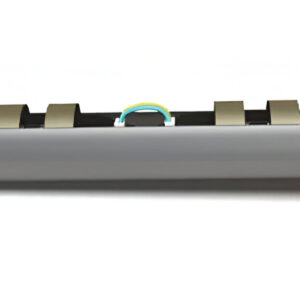
Hydrascout soil moisture probe
Hydrascout – Precizno praćenje vlage tla na više dubina Hydrascout sonda pru...
-
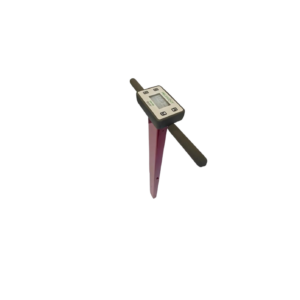
Mobile Soil Moisture Sensor – TDR 350 FieldScout
FieldScout TDR 350 je napredni mobilni senzor vlage tla koji omogućuje precizno...
-
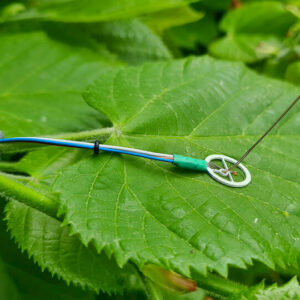
Other Ecomatik sensors
LAT-B3: Broadleaf Temperature and Air Sensor Our LAT-B3 sensor provides direct, ...
-
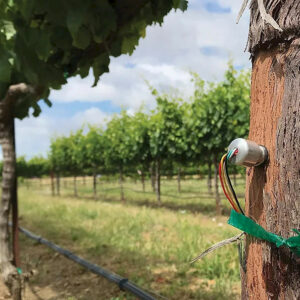
Plant water potential sensor
🌿 Plant Water Potential Sensor – FloraPulse Microtensiometer The FloraP...
-
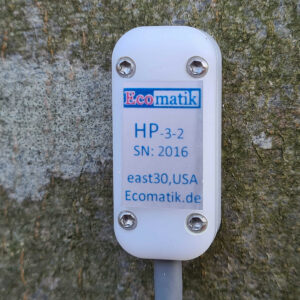
Sap flow sensors
🌿 Sap Flow Sensors – Accurate Monitoring of Liquid Flow in Trees The pr...
-
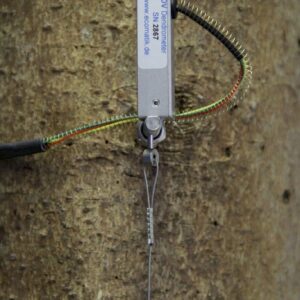
Dendrometer for measuring vertical changes – DV
The DV dendrometer is designed for precise and continuous measurement of vertica...
-
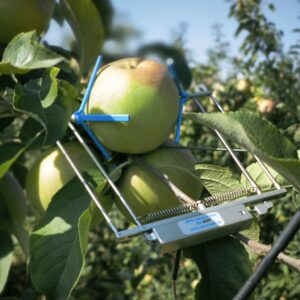
Dendrometer for fruits and vegetables – DF
DF series dendrometers are designed for precise and continuous measurement of fr...
-

Dendrometer for measuring the circumference – DC
DC series dendrometers are designed for precise and continuous measurement of ch...
-
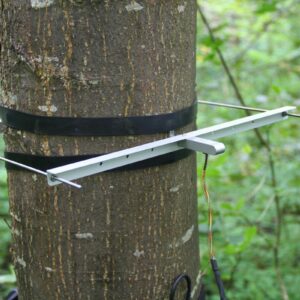
Dendrometer for measuring larger diameters – DD-L
DD-L dendrometers are devices designed for continuous and highly accurate measur...
-
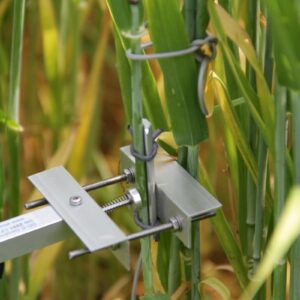
Dendrometer for measuring smaller diameters – DD-S
Dendrometer for Measuring Smaller Diameters – DD-S The DD-S series dendrometer...
-
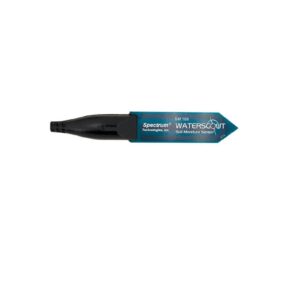
Soil moisture sensor (SM100)
The SM100 volumetric soil moisture sensor determines soil moisture using two ele...
-
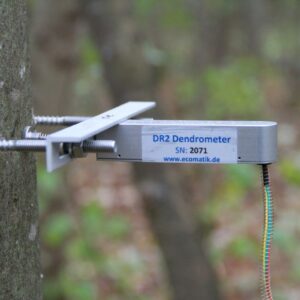
Dendrometer for radius measurement – DR
The DR series dendrometers are used for highly precise and continuous measuremen...






